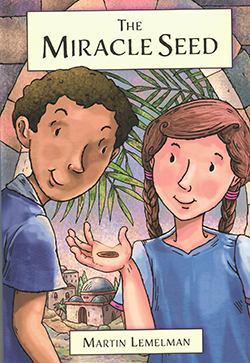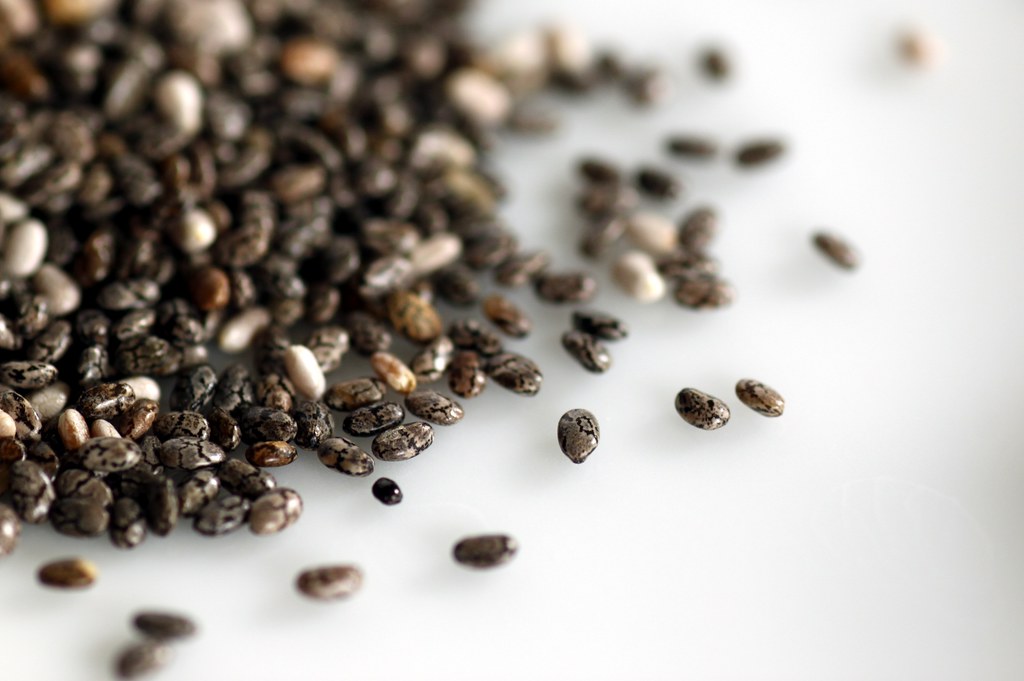 SAN DIEGO — This book tells an amazing, true story about the Judean date palm that was thought to be extinct but was brought back to life thanks to two women scientists.
SAN DIEGO — This book tells an amazing, true story about the Judean date palm that was thought to be extinct but was brought back to life thanks to two women scientists.
Six seeds were found in 1963 in an earthen jar at the ruins of Masada by a team led by the famous archaeologist Yigal Yadin. The seeds were carefully stored in a drawer at Bar-Ilan University in Ramat Gan, Israel. Then, in 2004, after reading about a 1,500-yer-old lotus seed that sprouted, Dr. Sarah Sallon had an idea. As the director and founder of the Louis L. Borick Natural Medicine Research Center at Hadassah Hospital in Jerusalem, Israel, she was interested to learn if ancient folklore about the Judean date palms beneficial health effects could possibly be true.
After receiving permission to take three of the six seeds, Dr. Sallon contacted Dr. Elaine Solowey, director of the Center for Sustainable Agriculture at the Arava Institute of Plants. If anyone could bring a 2,000-year-old seed to life, Dr. Solowey could. The agriculturalist carefully washed the seeds in warm water, then immersed them in a second bath containing nutrients and fertilizer made from seaweed. On January 25, 2005, a date that coincided with Tu B’Shevat — the Jewish holiday marking the birthdays of trees –the seeds were planted in pots of specially prepared soil. Six weeks later, one of them sprouted, and the two scientists named the plant “Methuselah” after the oldest person in the Bible. Under Dr. Solowey’s care, Methuselah was transplanted from pot to pot, until 2011, when it was big enough to plant directly into the desert.
Being a male plant, Methuselah eventually produced pollin, which was used to fertilize female plants of other date palm species. There was no female Judean date palm then in existence, but Dr. Sallon did not give up. Over the next several years, she found 32 well-preserved seeds in archaeological collections, and brought them to Dr. Solowey. Under her care, six of them sprouted — including one which had been found in a burial cave near Jericho. After several years, that plant, named “Hannah” flowered. Dr. Salowey brushed pollen from Methuselah onto the flowers of Hannah and in 2020 another miracle occurred. Hannah produced dates. Before tasting them Drs. Sallon and Salowey recited the Shehichiyanu blessing, thanking God for bringing them to that moment. They cut the first date in half and each took a bite. One thought it tasted sweet like honey; the other thought it also had a nutty flavor. There were 111 dates in that first crop.
In 2021 Hannah produced nearly 700 dates, prompting te hope that someday groves of Judean date palms will once again be grown around the world! The story continues beyond the covers of this wonderful book for junior readers. The progress of the dates may be followed at two websites: Arava.org and Hadassahinternational.org/tag/louis-l-borick-natural-medicine-research-center/ .
Not only children but their adult family members as well will enjoy reading this graphic novel which author Lemelman illustrates beautifully and imaginatively. He is to be congratulated for making learning such fun!
Republished from San Diego Jewish World
The Miracle Seed by Martin Lemelman; Grand Rapids, Michigan: Eerdman’s Books for Young Readers (c) 2023; ISBN 9780802-855909; 71 pages; $18.99 on Amazon.


























